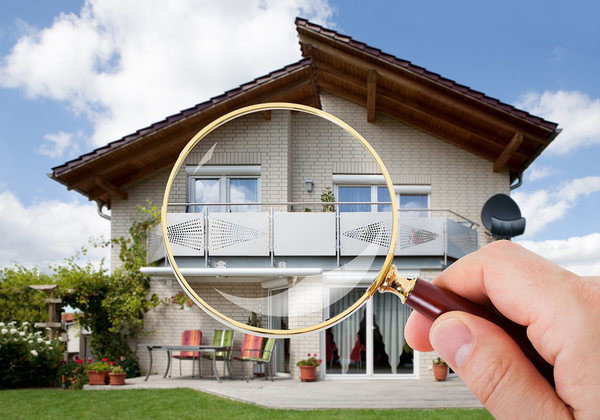Now that summer is slipping away and fall is nearing, you can expect to see an influx in critters making themselves cozy in residences. If you are a home inspector, this does not spell good news. Fortunately, you can arm yourself with education to ensure that you do not find yourself troubled by common pest concerns.
This guide will help you understand the signs and risk posed by rodents even if you are only in the home for a short period of time during inspection.
Recognizing Signs of Pest Infestation
One thing that many home inspectors fail to recognize is that cool weather sends pests indoors. Of course, the signs of infestation will depend heavily on the type of pest living inside the home. Mice are much different from raccoons in size, but you will see some similarities in habits, such as in the spreading of food around the floor.
Rodents are the most common pests that show up in the winter, and nearly one-third of Americans have experienced some sort of rodent problem. Signs of rat and mice infestation will occur most commonly in the kitchen where food is so plentiful.
First, look out for easy access points for rodents. These could include cracks and crevices or areas where caulking and other pieces of the home have been eaten through. You might also see signs of pests in vents and other openings.
Home inspectors can also look for overgrown shrubbery, which often houses large rodents like raccoons and squirrels. If you notice that shrubbery is overgrown, you might want to prepare for the chance that rodents could be living inside — especially if the house has been vacant for some time.
Finally, home inspectors should be aware of signs of nesting. Nesting could show up in the form of papers and rags that have been strategically placed for the rodent to have babies. You may also notice signs of food.
How Home Inspectors Should Prepare
There are several things home inspectors should prepare for. Pests are just one reason why it is so important for home inspectors to notice signs and dress accordingly for the inspection.
First, there is the chance you will come into contact with pest droppings on the job. Rodents can spread diseases like salmonella through the bacteria found in their feces, but there is also the risk of asthma and allergy flare-ups. For some, this is actually the best case scenario.

Even if you were to inspect a home with a fine-toothed comb, a pest or two could slip by unnoticed.
Hantavirus is also spread through rodent droppings. Anybody, even somebody who is healthy, can contract hantavirus. This is a serious illness that has severe consequences. For this reason, you should avoid direct contact with rodent feces at all costs. Long sleeves, long pants, gloves, and boots are helpful if you find yourself in tight spaces while inspecting a home.
Second, you may actually find yourself face-to-face with a raccoon, squirrel, or another dangerous critter. Long sleeves will come in handy here as well, but your best plan of action is to listen closely for the sound of rodents and make a clear escape plan just in case things go awry.
Finally, take note that rodents can actually influence the integrity of certain structures in the home because they may chew through different pieces. Take note of creaky steps and potential weak spots in the flooring to avoid injury.
Education is always a beneficial tool when you are fighting rodents and other home inspection concerns. Get a demo now to learn more about your educational options.








